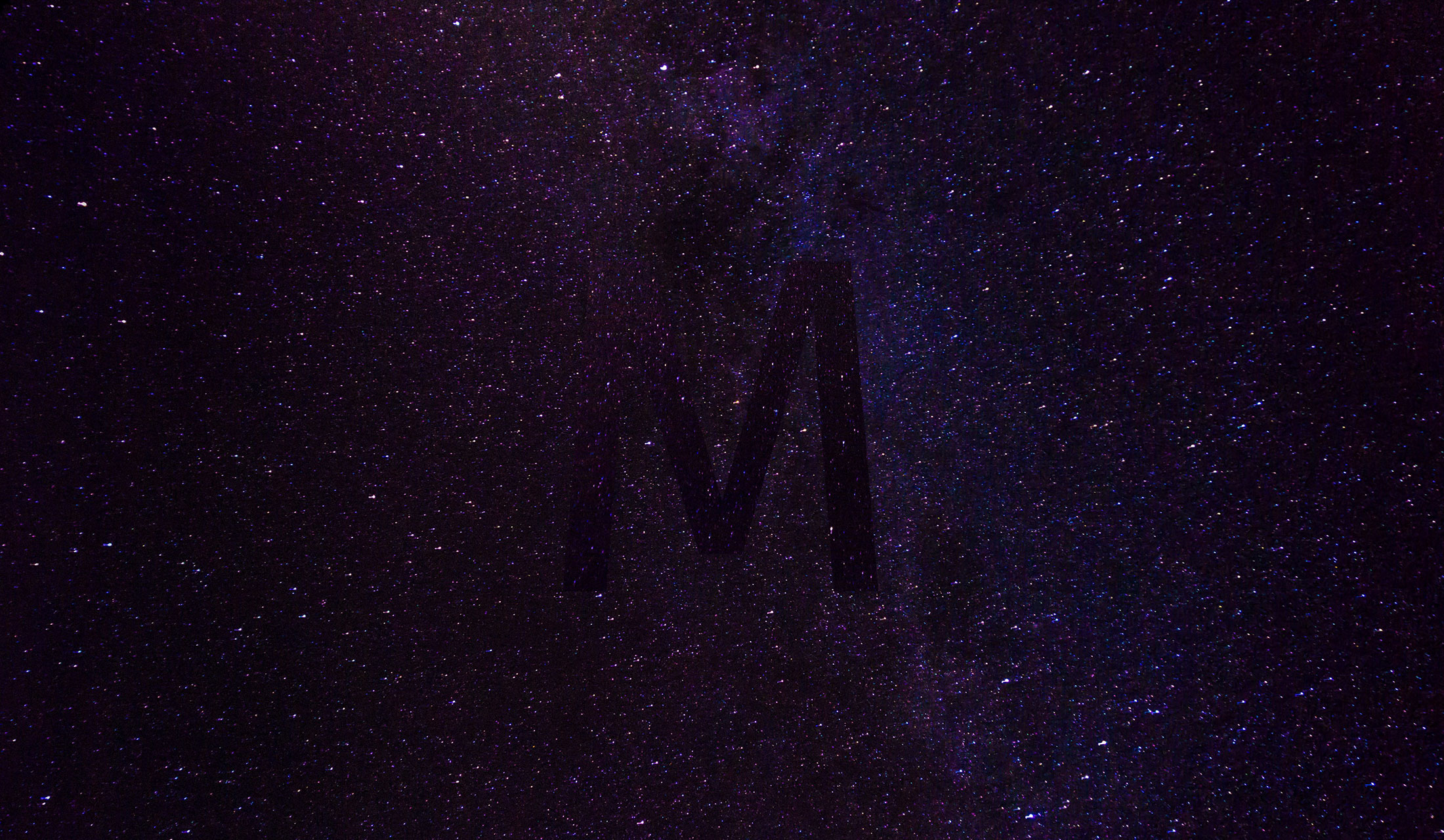Metauniverse – the reality of music videos
We do not exist without stories. We are narrators in the world of hypertext, sometimes in the first, other times in the third person.
A music video, which runs on average for three and a half minutes, is in fact a modern “video-myth” acting through image and sound, putting the spectator into a kind of festive suspension, a musical trance that gives rise to a feeling of power. We immerse ourselves in emotions and daydream out private dream wandering between sound, word, and image. We do not exist without stories. We are narrators in the world of hypertext, sometimes in the first, other times in the third person.
But thanks to the video- and phonosphere of a music video, we stop, if only for a few minutes, to be “ordinary” people, we “upgrade” ourselves to the role of heroes of a contemporary, carnival myth (see Party – a pop-culture carnival).
The worlds proposed by music videos are often set in a mythical, i.e. unreal, utopian space. The reality of a music video is different than our own, defying the laws of physics. Its world is of an operational nature. The elements existing in it can be combined into “In+” and “In-” systems, multiplied, added, and subtracted. A musical piece played back hundreds of times interferes with time and space. We are in a reality of Baudrillard’s simulacra [1] (appearances) and simulations, which blurs the boundary between the real world and its representation. There is no way to get to the true reality. We are in the Wachowskis’ “The Matrix”.
According to the writer Ronald Sukenick, we are suspended in the multiverse, a multitude of worlds proposed by a music video. This state is defined as “being-in-between”.[2]
The existence of parallel universes is also assumed by some monotheistic religions such as Vaishnavism (a branch of Hinduism) and Buddhism. The theory of alternative worlds has long exited primarily physicists and mathematicians, but it also attracts the interest of linguists, for whom the same, grammatically constructed sentence, may be true in our world but false in a parallel world.
In my painting, I am inspired by the multiverse of a music video. Freeze frames stolen from other realities and transferred to our world via the old-fashioned medium of canvas and paint change their context and, as a result, their meaning. The time-space continuum, paused as if with a remote control, moves the conversation between the image and the spectator to the plane of “voiceless speech” and “tacit knowledge” (see Inner Speech and Tacit Knowledge).
[1] Simulacrum is a philosophical term popularised by Jean Baudrillard in 1981. It refers to the process of becoming independent from a sign, which does not function as an abstract element and does not exist physically in the space-time continuum, but only simulates actual existence. It causes real symptoms characteristic of real phenomena, interacting with the world. Such apparent existence leads to simulacra – a kind of doubling of reality.
[2] Jarecka, U., “Świat wideoklipu”, p.178.


